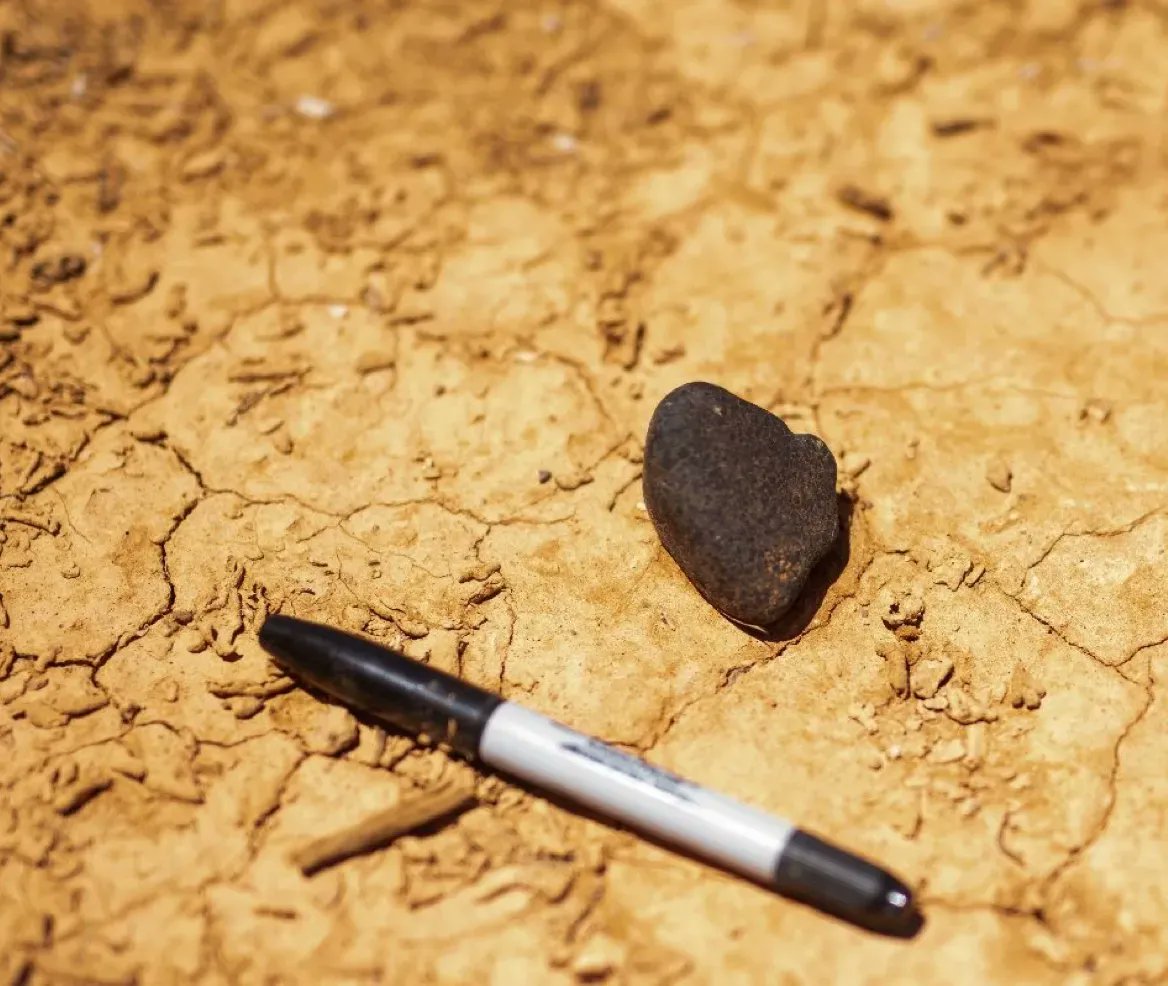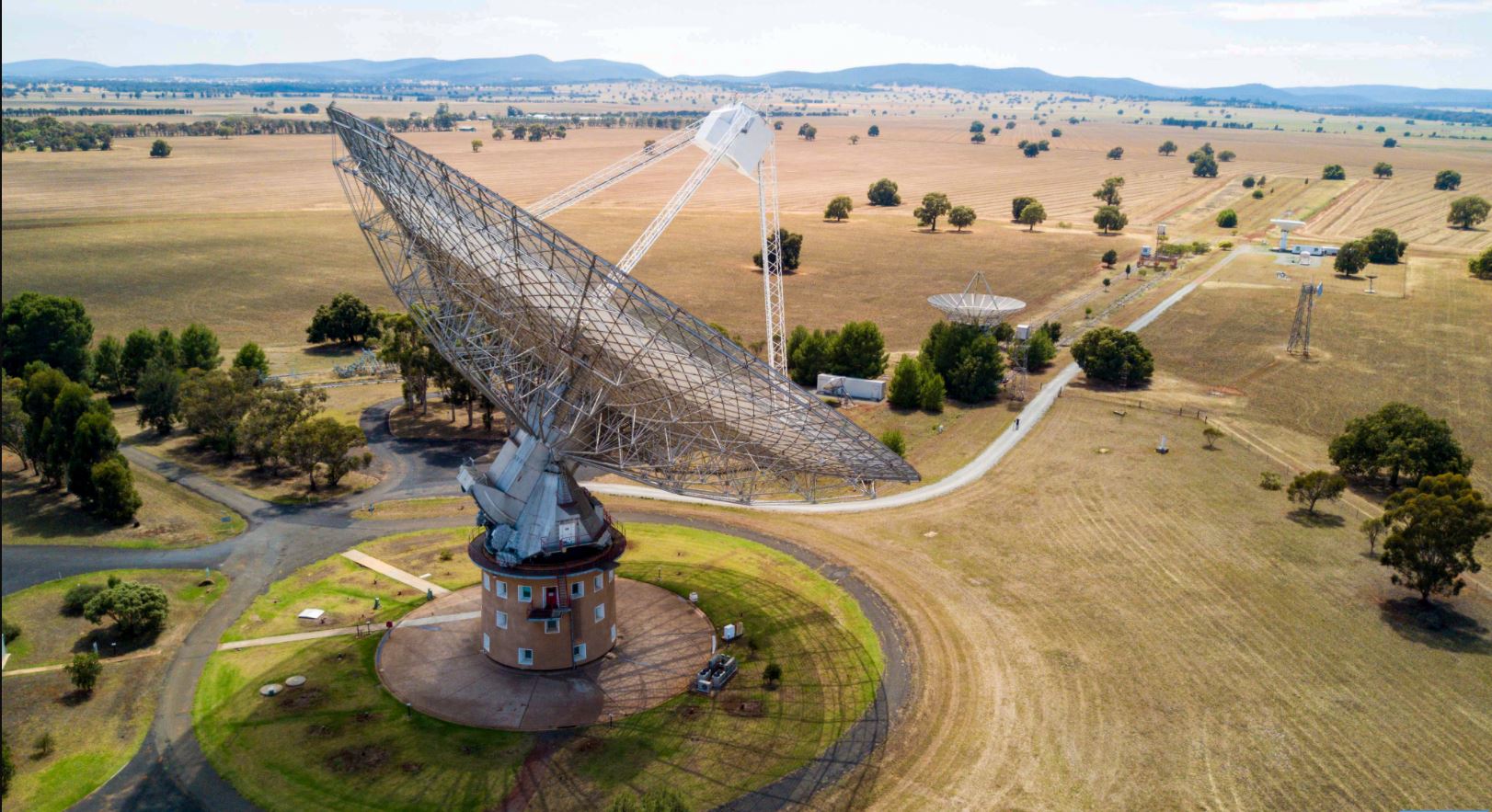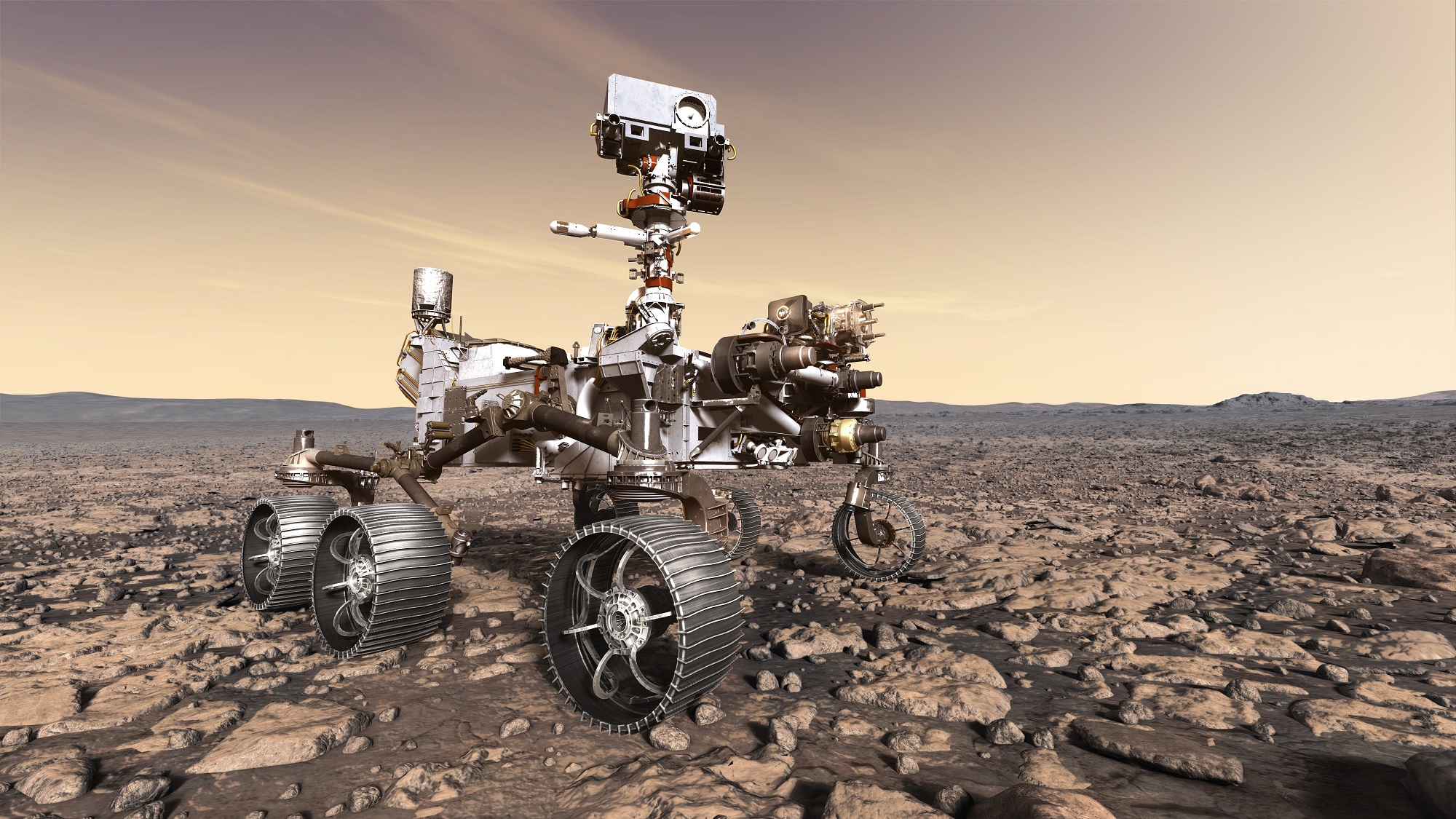CubeSats are becoming more and more capable, and it seems like every month, another CubeSat is launched doing something new and novel. So far, technology demonstration has been one of the primary goals of those missions, though the industry is moving into playing an active role in scientific discovery. However, there are still some hurdles to jump before CubeSats have as many scientific tools at their disposal as larger satellites. That is where the Space Industry Responsive Intelligent Thermal (SpIRIT) CubeSat, the first from the Univeristy of Melbourne’s Space Lab, hopes to make an impact. Late in 2023, it launched with a few novel systems to operate new scientific equipment, and its leaders published a paper a few months ago detailing the progress of its mission so far.
Continue reading “SpIRIT CubeSat Demonstrates a Operational Gamma and X-Ray Detector”Construction Begins on the Square Kilometer Array
At twin ground-breaking ceremonies today in South Africa and Australia, project leaders formally marked the start of construction on what will be the largest radio telescope ever built. Dubbed the Square Kilometer Array Observatory (SKAO) – referring to the total area the antennas and dishes will cover when complete – the telescope is not a single detector but rather a collection of them, connected across two continents using a technique known as interferometry (the same technique used by the Event Horizon Telescope, which took the first ever photograph of a black hole in 2019).
Continue reading “Construction Begins on the Square Kilometer Array”A Meteorite Recently Crashed Into Australia. A Drone Scoured the Area and Found it
Drones have become more and more ubiquitous in recent years. From recently discovering the Endurance to participating in wars, drones have made history in more ways than one. Now they have a new job title to add to their resume – meteorite hunter.
Continue reading “A Meteorite Recently Crashed Into Australia. A Drone Scoured the Area and Found it”Australia’s Parkes Telescope Just Got a New Name: Murriyang, Which Means “Skyworld”
Australia’s iconic 64-meter Parkes radio telescope has been given a new traditional name to recognize the Wiradjuri, who own the land on which the telescope sits. The Wiradjuri are some of Australia’s First People who have occupied the continent and its adjacent islands for over 65,000 years.
The telescope received the name Murriyang, which represents the ‘Skyworld’ where a prominent creator spirit of the Wiradjuri Dreaming, Biyaami (Baiame), lives. The two smaller telescopes at CSIRO’s Parkes Observatory also received Wiradjuri names.
Continue reading “Australia’s Parkes Telescope Just Got a New Name: Murriyang, Which Means “Skyworld””Scientists Search for Ancient Fossils in Australia, Practicing the Techniques They’ll Use on Mars
NASA’s Mars 2020 Rover is heading to Mars soon to look for fossils. The ESA/Roscosmos ExoMars rover is heading to Mars in the same time-frame to carry out its own investigations into Martian habitability. To meet their mission objectives, the scientists working the missions will need to look at a lot of rocks and uncover and understand the clues those rocks hold.
To help those scientists prepare for the daunting task of analyzing and understanding Martian rocks from 160 million km (100 million miles) away, they’ve gone on a field trip to Australia to study stromatolites.
Continue reading “Scientists Search for Ancient Fossils in Australia, Practicing the Techniques They’ll Use on Mars”Ep. 532: Modern Astronomy of Australia
Last week we talked about how well the indigenous Australians followed the night sky. Well, it turns out, Australia is still an amazing place for astronomy. There are so many powerful observatories in Australia, and even more in the works.
Continue reading “Ep. 532: Modern Astronomy of Australia”
Ep. 531: Australian Indigenous Astronomy
This week, we focus on the archaeoastronomy of another part of the world, this time from the indigenous people of Australia. Another group of people whose lives depended on knowing what was happening in the sky from season to season.
Continue reading “Ep. 531: Australian Indigenous Astronomy”
Australia To Create Its Own Space Agency
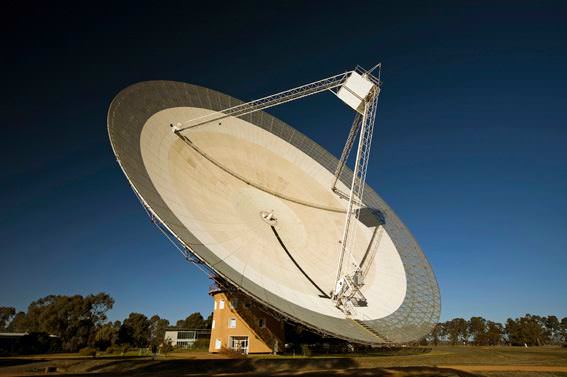
This year’s International Astronautical Congress is being held in Adelaide, Australia and the opening ceremonies of this meeting of ‘all things space’ included a special announcement. The Australian government announced that it will establish a new national space agency, with the hopes of growing Australia’s already vibrant space industry.
Michaelia Cash, Australian’s acting Minister of Industry, Innovation and Science was quoted as saying that Australia will not have a NASA but an agency “right for our nation, right for our industry … that will provide the vehicle for Australia to have a long-term strategic plan for space – a plan that supports the innovative application of space technologies and grows our domestic space industry, including through defense space procurement.”
Australia’s space industry is worth about $4 billion and already employs about 11,500 people. But proponents for creating a space agency for the country say it will help coordinate and expand the efforts.
Of course Australia has been very active in space exploration, being part of every deep-space mission NASA has flown with tracking and communications as part the Deep Space Network and the precursor system of dishes around the world. The tracking and communications dish at Parkes, Honeysuckle Creek, Tidbinbilla and Canberra were notoriously part of the Apollo missions, and several other large radio dishes in Australia have been listening to space to tease out astronomical details. Additionally, the Square Kilometer Array being built in Australia, New Zealand and South Africa will help us answer fundamental questions in astronomy and cosmology.
But still, many have said that Australia is one of the few major developed countries that do not have a space agency. New Zealand established their space agency last year. You can see a list of all the world’s space agencies from Heather Archuletta’s Pillownaut website.
Reportedly, the plan is to double the size of Australia’s current space capacity within five years and add thousands of new jobs, while taking advantage of new technology such as cubesats.
“We have longstanding ties with NASA, exploring space together and generating all of these jobs. And that’s the key point, it is a jobs industry-first agency,” astrophysicist Alan Duffy told ABC. “It’s designed to create satellites and new uses for the images that come from those satellites, and I don’t mean giant, bus-sized satellites of the ‘60s and ‘70s. Thanks to smartphones something the size of a toaster has the same capabilities as some of these historic launches. So we get to space cheaper and we can do more when we’re there.”
Reportedly, more details of the new space agency will be announced this week during the IAC, which is a gathering of thousands of global space experts, heads of other space agencies and private companies.
Sources: ABC, Sydney Morning Herald
Early Earth Was Almost Entirely Underwater, With Just A Few Islands

It might seem unlikely, but tiny grains of minerals can help tell the story of early Earth. And researchers studying those grains say that 4.4 billion years ago, Earth was a barren, mountainless place, and almost everything was under water. Only a handful of islands poked above the surface.
Continue reading “Early Earth Was Almost Entirely Underwater, With Just A Few Islands”
30 km Wide Asteroid Impacted Australia 3.4 Billion Years Ago

New evidence found in northwestern Australia suggests that a massive asteroid, 20 to 30 kilometres in diameter, struck Earth about 3.5 billion years ago. This impact would have dwarfed anything experienced by humans, and dinosaurs, releasing as much energy as millions of nuclear weapons. Impacts this large can trigger earthquakes and tsunamis, and change the geological history of Earth.
The evidence was uncovered by Andrew Glikson and Arthur Hickman from the Australian National University. While drilling for the Geological Survey of Western Australia, the two obtained drilling cores from some of the oldest known sediments on Earth. Sandwiched between two layers of sediment were tiny glass beads called spherules, which were formed from vaporized material from the asteroid impact.
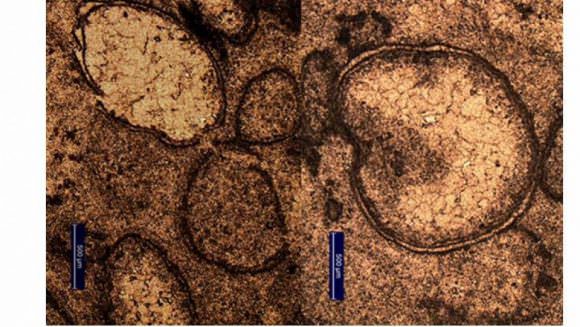
The enormity of this impact cannot be overstated. “The impact would have triggered earthquakes orders of magnitude greater than terrestrial earthquakes, it would have caused huge tsunamis and would have made cliffs crumble,” said Dr. Glikson, from the ANU Planetary Institute.
This asteroid impact is the second oldest one that we know of. It is also one of the largest found yet, and at 20 to 30 kilometers in diameter, it is 2 the 3 times the size of the famous Chicxulub asteroid that struck the Yucatan in Mexico. That impact is thought to be responsible for ending the age of dinosaurs on Earth.
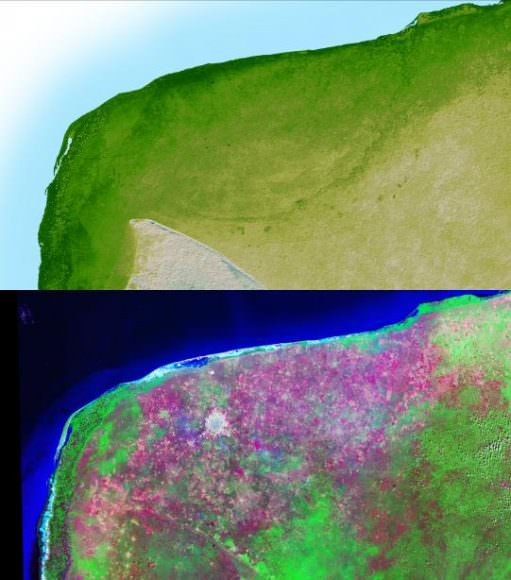
The crater itself would have been hundreds of kilometers in diameter, though all traces of it are now gone. “Exactly where this asteroid struck the earth remains a mystery,” Dr. Glikson said. “Any craters from this time on Earth’s surface have been obliterated by volcanic activity and tectonic movements.”
“Material from the impact would have spread worldwide. These spherules were found in sea floor sediments that date from 3.46 billion years ago,” said Glikson.
At 3.46 billion years ago, this puts this impact event close to a period of time 4.1 to 3.8 billion years ago known as the Late Heavy Bombardment. This was a period of time when a disproportionate number of asteroids struck the Earth and the Moon, and probably Mercury, Venus, and Mars, too. The Late Heavy Bombardment was probably caused by the gas giants in our Solar System. As these planets migrated, their gravity caused enormous disruption, pulling objects in the asteroid belt and the Kuiper Belt into trajectories that sent them towards the inner Solar System.
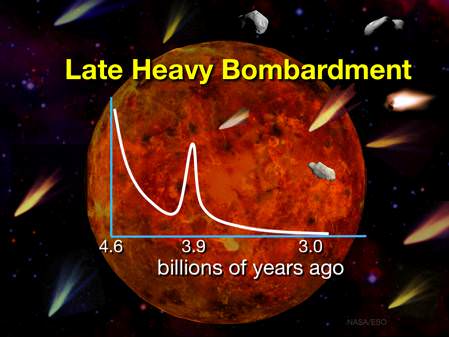
The surfaces of Mercury and the Moon are covered in impact craters. Samples of rock from the lunar surface, brought back to Earth by the Apollo astronauts, have been subjected to isotopic dating. Their age is constrained to a fairly narrow band of time, corresponding to the Late Heavy Bombardment. Obviously, the Earth would have been subjected to the same thing. But on geologically active Earth, most traces of impact events have been erased. It’s the sediment that hints at these events.
Australia is geologically ancient, and contains some of the most ancient rocks on Earth. Glikson and Hickman found the glass spherules in cores while drilling at Marble Bar in north-western Australia. Because the sediment layer containing the spherules was preserved between two volcanic layers, its age was determined with great precision.
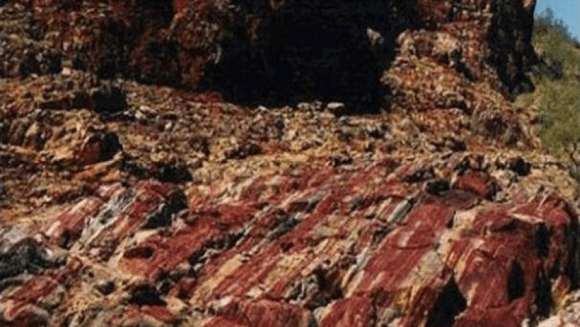
For over 20 years, Dr. Glikson has been searching for evidence of asteroid impacts. When these glass beads were found in the core samples, he suspected an asteroid impact. Testing confirmed that the levels of elements such as platinum, nickel and chromium, matched those in asteroids.
This is not the first evidence of impact events that Glikson has uncovered. In 2015, Glikson discovered evidence of another massive asteroid strike in the Warburton Basin in Central Australia. At that site, buried in the crust 30 kilometers deep, in rock that is 300 to 500 million years old, Glikson found evidence of a double impact crater covering an area 400 kilometers wide.
This crater was believed to be the result of an asteroid that broke into two before slamming into Earth. “The two asteroids must each have been over 10 kilometers (6.2 miles) across — it would have been curtains for many life species on the planet at the time,” said Glikson.
“There may have been many more similar impacts, for which the evidence has not been found, said Dr. Glikson. “This is just the tip of the iceberg. We’ve only found evidence for 17 impacts older than 2.5 billion years, but there could have been hundreds.”
Finding the sites of ancient impacts is not easy. Advances in satellite imaging helped locate and pinpoint the Chicxulub crater, and others. If there have been hundreds of enormous asteroid impacts, like Dr. Glikson suggests, then they would have had an equally enormous impact on Earth’s evolution. But pinpointing these sites remains elusive.



